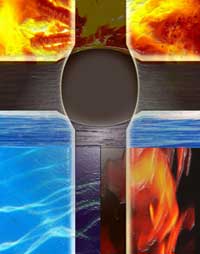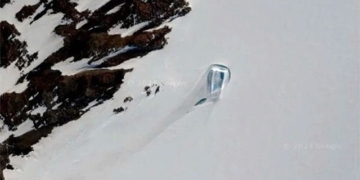 The issue may seem simple, but not everyone has the correct answer to this question. Below is an explanation by physicist Ia. I. Perenman.
The issue may seem simple, but not everyone has the correct answer to this question. Below is an explanation by physicist Ia. I. Perenman.
Firstly, when water encounters a burning object, it turns into steam, and this steam absorbs a significant amount of heat from the burning material. The heat required to convert boiling water into steam is five times greater than the heat needed to raise the same volume of cold water to 100 degrees Celsius.
Secondly, the steam formed at that moment occupies a volume several hundred times larger than the volume of the water that generated it. This mass of steam surrounds the burning object, preventing it from coming into contact with air. Without air, combustion cannot be sustained.
To enhance the fire-extinguishing capability of water, sometimes people add … gunpowder to the water. This may sound strange at first, but it makes a lot of sense: gunpowder burns very quickly, simultaneously generating a large amount of non-combustible gases. These gases envelop the object, making it difficult for the fire to continue burning.

















































